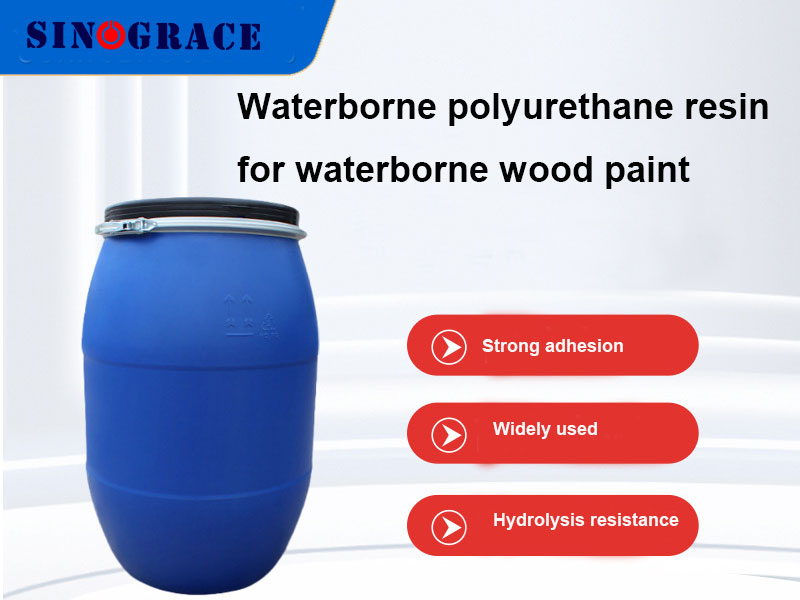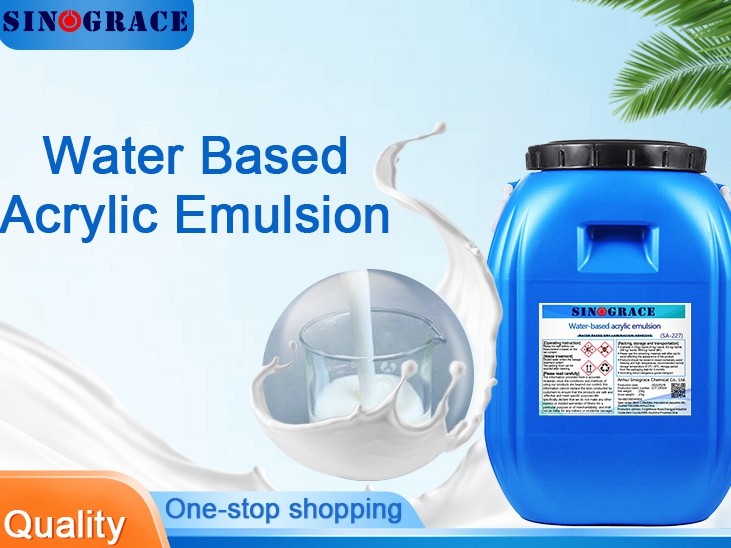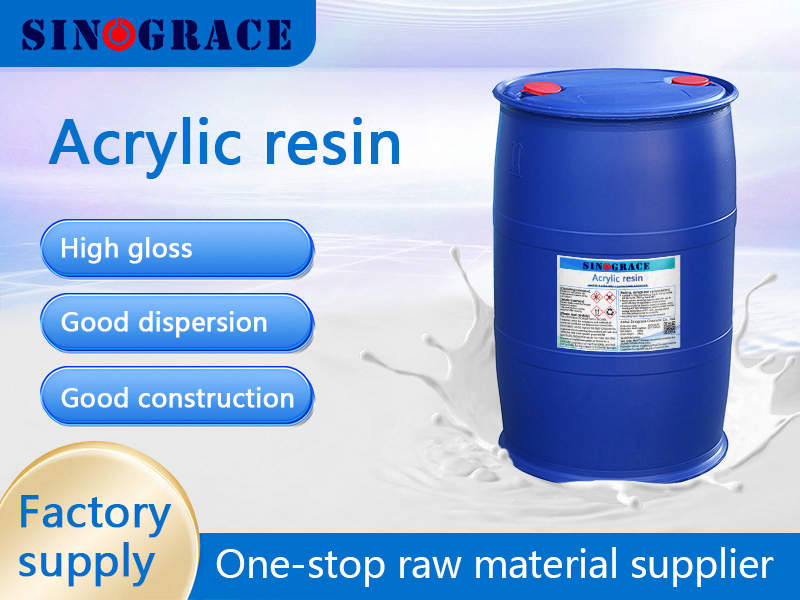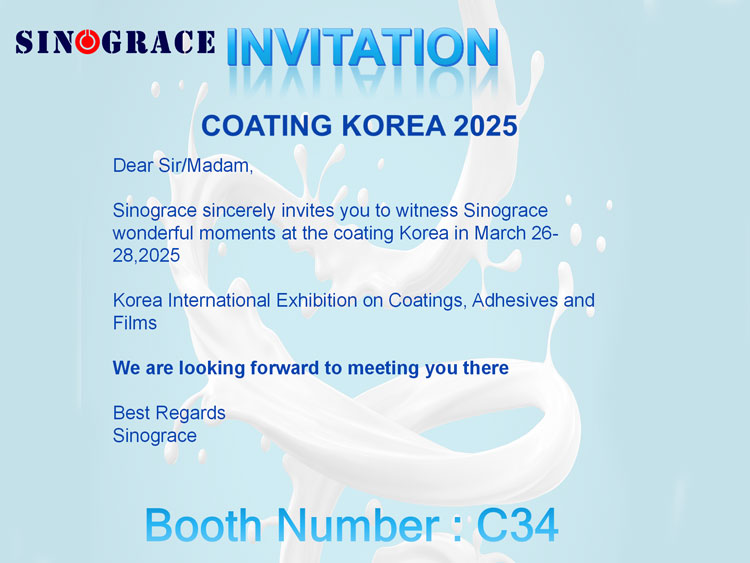High-Performance Polyurethane Emulsion – Elevating Wood Coating Quality & Possibilities
Why Choose Our Polyurethane Emulsion? As a leading polyurethane emulsion manufacturer, we understand the demands of the wood coatings industry. We provide high-performance, stable, and eco-friendly polyurethane emulsion solutions to help your products stand out in the market! Key Advantages: ✅ Outstanding Physical Properties Excellent adhesion for various wood substrates (solid wood, MDF, plywood, etc.) Superior abrasion & scratch resistance, extending wood product lifespan Outstanding water & chemical resistance for demanding environments ✅ Exceptional Film-Forming Performance High fullness & clarity to enhance natural wood grain Optimal balance of hardness & flexibility, preventing cracking or peeling Fast drying & easy application for improved efficiency ✅ Eco-Friendly & Compliant Low VOC, formaldehyde-free, meeting global standards (GB 18581, EN 71-3, etc.) Water-based system, non-toxic & safe for children’s furniture & toys ✅ Customizable Solutions Adjustable hardness & gloss (high-gloss, matte) Tailored formulations for spraying, rolling, or brushing Technical support for optimized formulations & competitive edge Applications Our polyurethane emulsions are widely used in: Wood Furniture Coatings (tables, cabinets, beds) Wood Flooring Finishes (residential & commercial) Decorative Wood Coatings (doors, stairs, wall panels) Toy & Craft Coatings (children’s wooden toys, art pieces) Industrial Wood Coatings (packaging, pallets) The polyurethane emulsion of Sinograce Chemical, with its stable performance and excellent technical support, can enhance the quality of the paint film and has received extremely positive feedback from customers!
read more

 English
English français
français русский
русский español
español العربية
العربية








